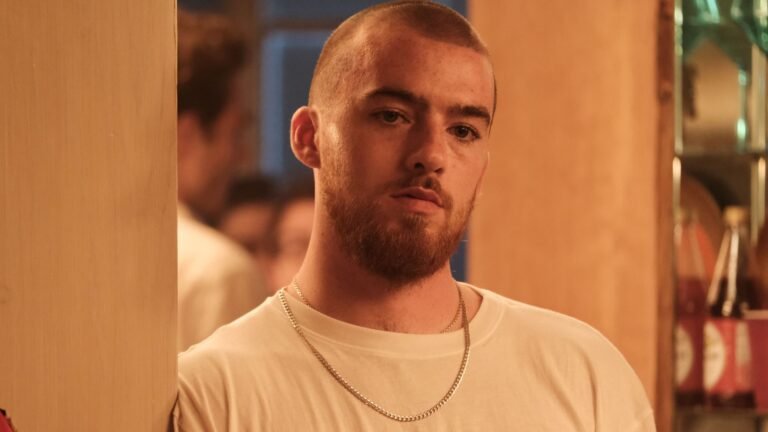From Side Hustle to Style Empire: The Business of Streetwear
Streetwear has grown from an underground subculture to a billion-dollar industry, blending fashion, music, and art into a cultural phenomenon. What started as a niche movement in the 1980s—built on skateboarding, hip-hop, and DIY fashion—has now become a dominant force in global fashion, with independent brands evolving into empires.
The Rise of Streetwear
Streetwear’s roots trace back to the streets of New York and Los Angeles, where brands like Supreme and Stüssy pioneered a movement that prioritized self-expression over conventional fashion rules. Unlike traditional luxury fashion houses, these brands thrived on scarcity, limited releases, and direct engagement with their communities. This strategy not only built hype but also created an ecosystem where demand often outweighed supply.
Today, collaborations between streetwear labels and high-fashion giants, such as Louis Vuitton and Dior, highlight the genre’s influence. What was once dismissed as a passing trend is now shaping the future of retail, proving that streetwear is not just about clothing—it’s about culture.
Turning a Side Hustle into a Brand
Many of the biggest names in streetwear started as passion projects, launched from garages, bedrooms, or even social media platforms. The barrier to entry is relatively low compared to traditional fashion, making it an attractive space for emerging designers. A small side hustle can evolve into a thriving business with the right combination of creativity, branding, and marketing.
Key factors that contribute to success in the streetwear industry include:
- Authenticity: Consumers are drawn to brands with a strong identity and a story that resonates. Whether inspired by music, sports, or personal experiences, a brand’s voice needs to be genuine.
- Limited Drops and Exclusivity: Creating scarcity through limited releases or collaborations keeps demand high and builds a loyal customer base.
- Social Media and Community Building: Platforms like Instagram and TikTok serve as powerful marketing tools, allowing brands to connect with their audience and create viral moments.
- Quality and Design: While branding plays a huge role, the product itself must be well-made and unique to stand out in a crowded market.
The Role of Music and Pop Culture
Streetwear is deeply intertwined with music, particularly hip-hop and rock. Artists and bands have been instrumental in shaping trends, often turning merchandise into must-have fashion statements. Many fans seek official band tees from Backstage Originals and other authentic sources, not only as a way to support their favorite artists but also to make a style statement.
The connection between streetwear and music isn’t just about aesthetics—it’s about identity. From rap icons sporting oversized hoodies and sneakers to rock legends influencing graphic tee culture, fashion, and sound go hand in hand.
The Future of Streetwear
As sustainability and ethical production become more important to consumers, many brands are adapting by using eco-friendly materials, ethical manufacturing practices, and even digital fashion. The rise of NFTs and virtual streetwear is also opening new revenue streams, proving that the industry is constantly evolving.
From humble beginnings to cultural dominance, streetwear has transformed fashion by blurring the lines between luxury, art, and everyday wear. For entrepreneurs, the journey from a side hustle to a style empire is challenging—but with creativity, consistency, and a deep understanding of culture, it’s entirely possible.







